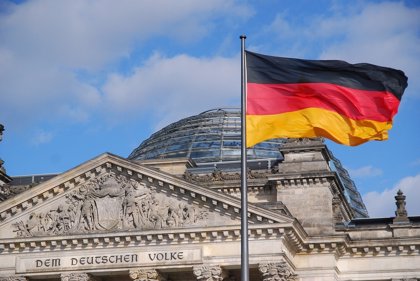What is the ZEW index?
The ZEW is one of Germany’s leading centers for economic research. One of the surveys it conducts is known as the ZEW indicator. Respondents (investors and analysts) are asked about their expectations (6 months) and current perception regarding economic activity (inflation, interest rates, exchange rates on various world economies, oil price expectations…) and capital markets. The number of participants is approximately 350 analysts and institutional investors. The ZEW is the difference between positive and negative responses.
Analysis of the ZEW Expectations Indicator
The ZEW Expectations Indicator, which measures German investor and analyst sentiment, improves again in October to -1.1 vs. -9.0 expected and from -11.4 previously. The Current Situation Component continues to deteriorate, in this case less than expected -79.9 vs. -80.8 expected and -79.4 previously. On the other hand, the European ZEW Expectations returns to positive territory five months later (2.3 vs. -8.9 previously).
The index of German investors’ and analysts’ expectations points to a significant improvement in the economy, although it remains negative. The data is published after Germany has emerged from a technical recession and the latest macro indicators have shown inflation finally slowing down (+4.5% in September vs. +6.1% previously), a labor market that remains strong (unemployment rate: 5.7% currently) and an industry that points to a recovery, albeit testimonial (Manufacturing PMI: 39.6 in September vs. 39.1 previously).
The reading is negative for the market, as the strong rebound in the data, indicating the expectation of a significant improvement in the German economy, invites to think of an ECB adopting a tougher stance.


